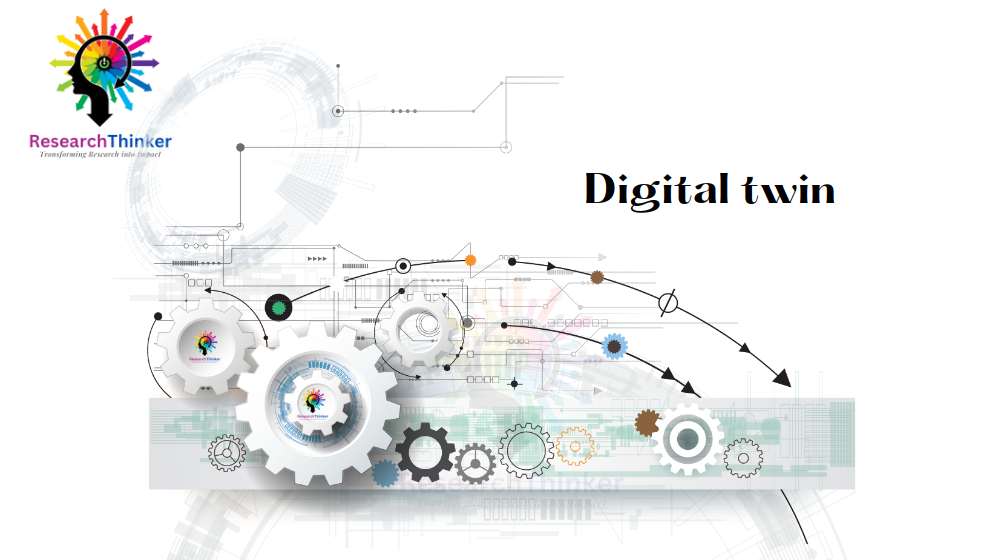One thing you should keep in mind is that Digital twin is one step ahead to deeply analyse various aspects like the growth of your production(In Business), stability of your machines/assets(In Industries), health status of patients(In Hospitals) etc in the form of digital representation.
Representing physical objects in digital form is challenging due to low resources and the resources provided by large companies are currently very limited and expensive.
Some standard tools from Azure or AWS or Google may be compatible and easy to understand for you at the time of writing this article
These are some common steps for implementing Digital Twin:
Step1: Clearly define the purpose and objectives of your Digital Twin.
Step 2: Identify the specific goals you want to achieve through Digital Twin
Step 3: Select the right technologies and these technologies will be easily integrated or collaborated with other technologies, as the digital twin is currently implemented through many technologies
Step 4: After finalizing the technologies, you should have the ability to collect real time data of assets through IoT sensors, ensure that your data collection and format should be standard and correct, because once your system collects the data, it becomes very difficult to modify it at a later stage.
Step 5: Now simulate your assets in 3D form (through various libraries), and identify patterns, anomalies and trends based on the data received and identify the exact points/position of the data generated by your assets through simulation. Visualize data as an interactive dashboard, charts and graphs to present information in a clear and actionable way. Continuously monitor and analyze the performance of your assets through a digital twin.
These are common steps that are used in every Digital Twin Model , The implementing digital twins requires a combination of technical expertise, domain knowledge, and strategic planning.
Soon we will upload implementation of Digital twins




